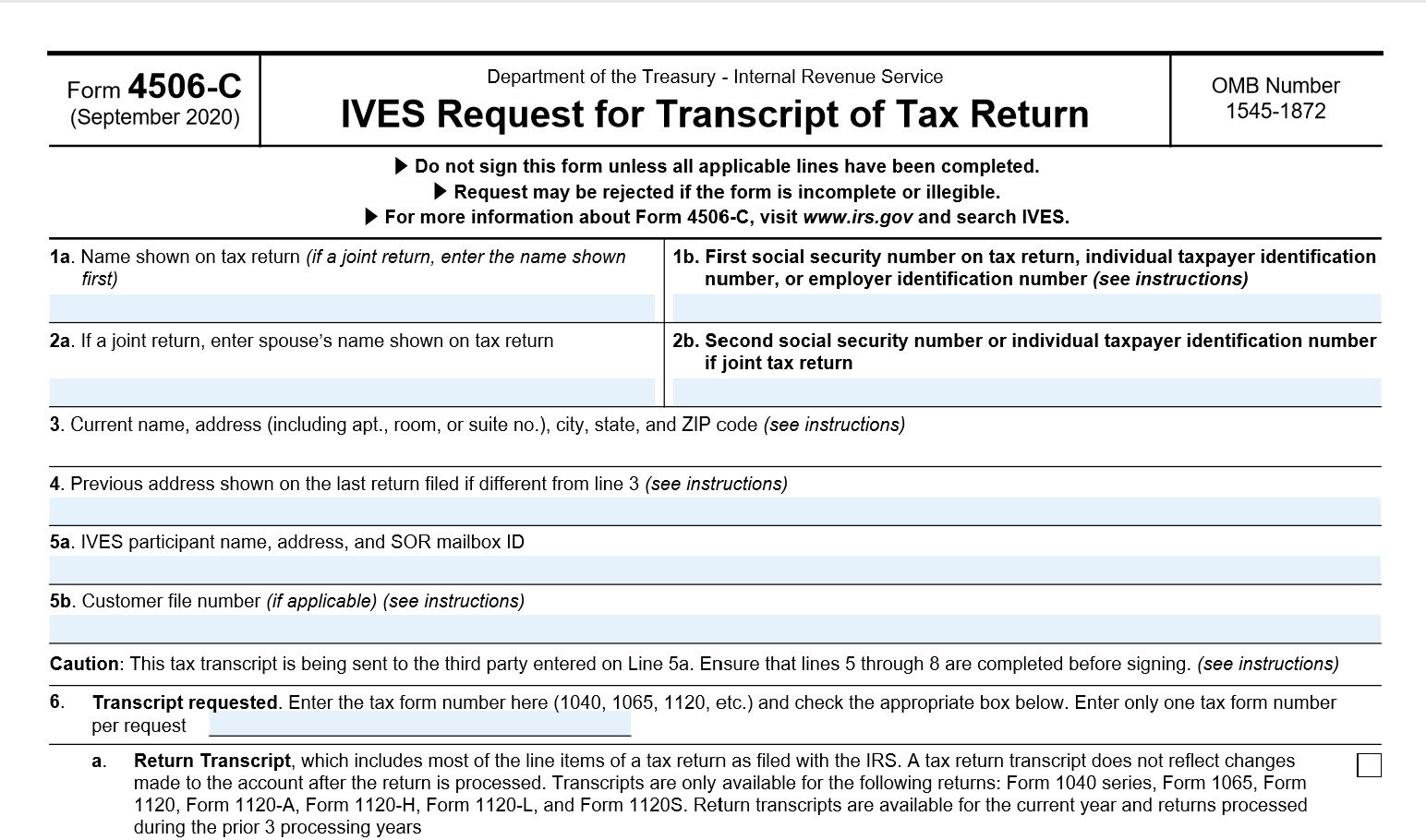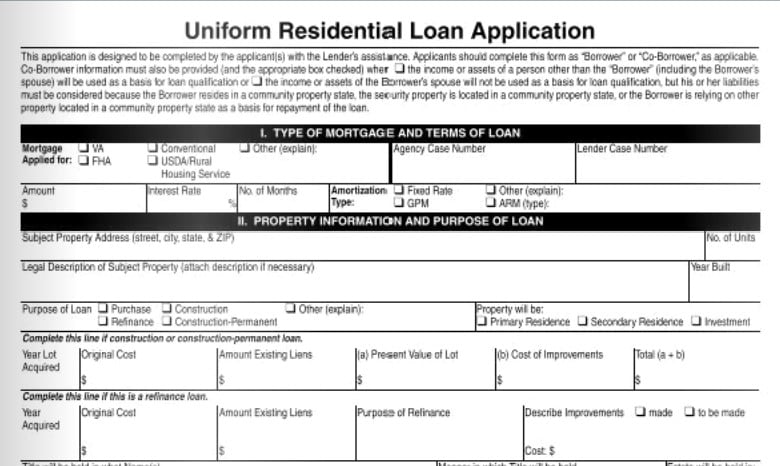No More Excuses
 New CFPB compliance requirements mandate that it's time for 'e.'
New CFPB compliance requirements mandate that it's time for 'e.'
By Tim Anderson
Back in 2002, when Fannie Mae said it would begin buying this thing called a MISMO category one SMART-Doc e-note, some in the industry thought, “If Fannie Mae is mandating it, the world will quickly embrace it.”
Boy, were those people wrong.
Fast forward to today, and so far, there have been more than 339,456 e-notes registered on MERS. Fifteen years after the Uniform Electronic Transactions Act and E-SIGN Act passed, which created legal acceptance that an e-signed electronic document is as legal as a wet-ink-signed paper one, it appears that adoption is finally going to happen.
Think, for a moment, about some of the headlines that have recently hit the mortgage press: “Goldman Sachs Resolves U.S. Mortgage Probe for $5.1 Billion”; “Wells Fargo Admits Deception in $1.2 Billion Mortgage Accord”; and “UBS Blamed in U.S. Trial for $2.1 Billion in Mortgage Bond Losses.” At last count, the penalties and fines in the mortgage meltdown aftermath are an estimated $110 billion and counting. Some servicers are continuing to pay because they have not fundamentally changed their processes - and now, they are going after the rating agencies, too.
If you saw the movie “The Big Short,” you know it’s about how a few smart guys who, with a bit of luck, accurately predicted the mortgage meltdown and shorted key companies’ stocks that were financing it when it hit. It made them millionaires. Thousands of others were oblivious, and when the music stopped, many were caught holding the bag, or in the case of the mortgage meltdown, bad loans that had flooded the market.
Now, with the advent of the Dodd- Frank Act and the Consumer Financial Protection Bureau (CFPB), new regs are in place to hopefully prevent this scenario from ever occurring again. Meanwhile, the industry is facing a huge problem in that it is failing to fully embrace technology and automation and is still clinging to manual, paper-based processes.
Ostrich head in the sand response
One would have thought that with the National Mortgage Servicing Settlement’s requiring the largest servicers to pony up more than $25 million in assistance money and an estimated $110 billion-plus in additional fines and fees paid out since then, it would have facilitated the rush to automate and eliminate the paper cost and risk of robo-signing documents - but it didn’t. Instead, most still took the traditional approach of throwing more people and paper at the problem in hopes that it would eventually go away. But the CFPB’s new “Know Before You Owe” rule - also known as the TILA-RESPA Integrated Disclosures (TRID) rule - dictating new delivery requirements and tracking of consumer disclosures, is finally driving the industry to automate and adopt “e.”
A new age of compliance
It’s no longer just about generating “dumb” docs and placing them in a paper file to document compliance. The new regs dictate changes in workflow and relationships and being able to verify that a lender did what it said it did - all along the mortgage manufacturing process. The other requirement of generating a MISMO 3.3 data file - and soon, the Uniform Closing Dataset, so any company can electronically board and verify compliance of the data - is another key change and requirement driving a total paperless process.
Forms are not data
Most look at documents as an event in time rather than a process over time. As “Know Before You Owe” became effective, almost everyone in the industry myopically focused on the closing disclosure, as it needed to be delivered three days prior to the closing. Much like the issue with the government-sponsored enterprises’ (GSEs) singular focus on the e-note as the only document that needed to be executed in an e- closing, it’s easy to overlook that there are more documents in the closing package than these two forms. Soon (much like RESPA 2010 with the TILA calculations), everyone was building some sort of closing collaboration tool to integrate the lender’s loan origination system (LOS) to the title system in order to get the fees right. They soon discovered that the reg really started at the time of application with the initial loan estimate form. So, the portals were expanded to handle this, but still, most do not automatically check for compliance, nor do they “rep and warrant” the calculations or documents.
Fannie and Freddie are leading the way
With the Uniform Mortgage Data Programs (UMDPs), and now, with the new quality control systems, Fan- nie and Freddie recently announced that they are moving their traditional post-closing, pre-funding reviews to a pre-closing review in which the work- flow is greatly enhanced to fix the problem before a close rather than attempting to go back upstream to fix it once a loan has closed.
And with Richard Cordray, direc- tor of the CFPB, declaring that the e-closing is his No. 1 signature initiative, it’s easy to assume that this will push the trend further. The requirement of proving receipt of deliv- ery of the three-day delivery rule alone should be reason enough to go “e.”
Processing at the speed of light
Quicken Loans created a big stir with the introduction of its Rocket Mortgage, a completely online, automated, paperless mortgage application process that enables a consumer to prequalify for a loan in less than eight minutes. This proves that mort- gage applications can be swiftly and electronically verified for compliance - and that the entire front end of the process can be automated. Instead of requiring borrowers to scan and up- load key mortgage documents as PDFs, things such as employment, income and assets can be automatically verified through integrations with various systems of record, thus greatly expediting the process and ensuring greater data and document integrity. Once again, Fannie and Freddie led the way with their UMDPs. They also created the Uniform Appraisal Dataset to be compatible with the MISMO 2.4 data format so that appraisals could be electronically verified for compliance via the Uniform Collateral Data Portals.
Electronic vault and audit trail
In the new data-driven world, the ability to track not only when a docu- ment was delivered, but also what the data payload in it was all along the mortgage process, will be crucial to providing a defensible position on the accuracy of the disclosure for future CFPB compliance audits or if anyone else contests the legality of the loan over time.
The beautiful thing about an e- mortgage is that one stores not only the document (legal view), but also the data and date stamp of when the document was created and sent, pro- viding a historical record of events that can be played back like a video for proof of compliance. Because the new documents are “intelligent,” the ability to verify compliance of the data within the document provides irre- futable proof of compliance.
TRID also requires lenders to track and document many delivery milestones. From the original loan es- timate, to intent to proceed, to change of circumstances, to three- day delivery and receipt of delivery verification of the final closing disclo- sure, this should not be a separate system or process from the rest of a lender’s compliance verification pro- cess. The ability to capture the source XML data and the document, along with a date and time stamp of the event, is what the e-vault is really all about. This is really what the CF- PB was thinking when it mandated that the lender implement a compli- ance management system (CMS) to document compliance all along the mortgage manufacturing process.
The minimum file retention of the closing disclosure is five years. A lender might as well keep copies of everything else to document overall compliance.
No more passing the ‘hot potato’
One other critical requirement of TRID is that everyone who owns the asset must verify compliance, as well. If one originates, sells, buys or servic- es the loan and doesn’t verify compli- ance, then one is at risk, as the CFPB is coming after everyone to ensure full compliance of the loan file.
To that end, our firm is now get- ting requests from investors to in- clude copies of both the original loan estimate and final closing disclosure, along with the closing documents. But again, that is not near enough to prove compliance of the loan file and process with TRID.
Online is where the consumer is
Even if one is still not convinced that an e-mortgage process is superi- or from an efficiency and compliance perspective, one can no longer ignore that in order to do business today, one must go online to capture the consumer. Today’s millennials prefer to start and stay online to complete the mortgage process. They don’t want to have to physically drive to an office and sign a bunch of paper documents. Handling the process face-to- face is totally foreign to them. It’s so much more convenient to send a mobile notary to e-notarize and execute the final remaining documents, with all of the others being executed four to five days prior online in the com- fort of one’s own home. Reducing the actual closing to a 10-minute process is the way to do business with this wave of consumers who are increas- ingly gaining buying power each year.
Did the industry not learn anything from the mortgage meltdown? Billions were spent in fines and fees be- cause lenders could not document what they had done. Many key docu- ments were lost, and the follow-up in manually processing thousands of modifications was not much better. Providing a total e-closing process is the only way to go.
Start electronic, stay electronic
Today, lenders should only need to “paper out” when they want to provide someone with a copy. Taking paper documents and putting them through optical character recognition is not the answer, either. In a full e-mortgage world, the data is input di- rectly into the system of record, and the documents are e-signed and e-notarized in the same system. All of the data in the documents can be verified electronically and can be “rep and warranted” for compliance.
At this point, there is no benefit to relying on paper - there are only downsides, and significant ones at that. The use of incomplete or inaccurate paper documents can result in the following:
■ Extended locks;
■ Trailing docs;
■ Manual verification of the closing disclosure;
■ Increased risk of non-compliance and exposure;
■ Increased time and costs for staff training;
■ Reduced transparency; and
■ A lack of control.
Going 100% paperless, on the other hand, yields numerous benefits. Lenders are able to fund with certainty; turn times are improved; shorter closing times and times to close are real- ized; a superior customer experience is established; issues/surprises at the closing table are avoided; compliance is automatically verified, and risk is greatly reduced; a full electronic audit trail is securely maintained in an e-vault, with record retention to satisfy the electronic evidence requirement; investors are able to fund without ex- ceptions or trailing documents; and consumers enjoy a much more expedient process that accompanies much-needed visibility and access to online tools. Simply put, the overall process becomes unprecedentedly consistent and efficient.
Get ready - it’s really coming this time
The GSEs have accepted e-notes for quite some time now and are ar- dent proponents of the e-mortgage. Today, lenders not only have enormous responsibility to be compliant at all times, but they also must prove compliance adherence when called upon. Investors and servicers must also verify compliance, as well. TRID dictates that entities directly involved with the loan file must be able to demonstrate full compliance at all times. An e-mortgage solves all of this with a well-documented historical record of events that are time-and-date-stamped to show detailed proof of compliance.
From a marketing perspective, millennials are quickly gaining buying power and will become a business-critical market to serve moving forward. They want to conduct much of the mortgage process online. Those lenders that don’t have an e-mortgage process in place will be at a competi- tive disadvantage sooner rather than later.
As the regulatory environment in- tensifies and the CFPB continues its policing, we may reach a point where the LOS no longer serves as the core system of record - at least when it comes to compliance. Instead, the development of a comprehensive CMS will be the ultimate keeper and controller of compliance data, working with the LOS via an integration to share relevant information.
So what are lenders waiting for?
The platforms already exist to go “e,” the regs certainly encourage lenders to go this route sooner rather than later, and the customer is online, so what are lenders waiting for? Many refuse to change. Others refuse to educate themselves - or they refuse to see that there are no legal issues with moving forward. Still, others are waiting to see exactly how the CFPB handles its audits in the future.
With the minimum fine for a minor infraction now at about $5,000 a day, a lender could pay a hefty price for procrastination. Lenders had better get ready now, or some may find themselves in a very precarious situation.
Let us digitally transform your mortgage process for increased efficiency and ROI. See how by scheduling a demo today.
Topics from this blog: Compliance eSign eNotes
BackSearch the Blog
- Recent
- Popular
- Topics










List By Topic
- Compliance (100)
- eClosing (84)
- eSign (71)
- Awards (70)
- Integrations (57)
- Industry Publications (52)
- Total eClose (43)
- eNotes (33)
- Remote Online Notarization (31)
- Document Generation (30)
- eDisclosures (25)
- GSEs (18)
- eVault (18)
- eNotary (16)
- SmartCLOSE (13)
- LoanMagic (12)
- eDelivery (11)
- Philanthropy (8)
- Partnerships (7)
- AutoPrep (3)
- Industry Insight (3)
Subscribe Here
Download the Truliant Federal Credit Union Case Study
Truliant took several key steps to refine its 100% digital eClosing process — including finding the right technology partner.
